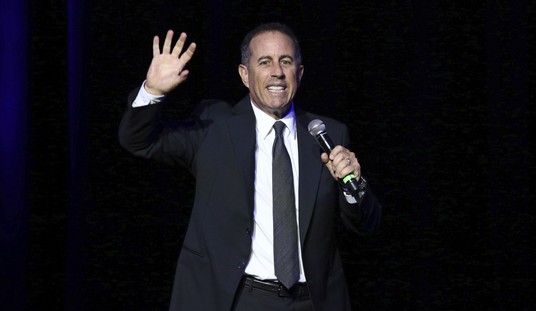“Marriage is a wonderful institution,” H.L. Mencken once quipped, “but who would want to live in an institution?” Great line. But in the real world, the more we learn about marriage, the more we realize how vital it is.
For example: Social science finds that more than 30 percent of single-parent families with children are poor. The figure for married families: 7 percent. Contrary to conventional wisdom, the overwhelming majority of non-married fathers has jobs and typically earns more than the mother. If the couple was married and the father stayed in the home, the probability of child poverty would drop by nearly two-thirds. Wedding ceremonies could dramatically reduce child poverty, and it wouldn’t cost the government a penny.
Instead, we’re spending plenty trying to help needy children. Last year alone, all levels of government shelled out some $330 billion to provide food, housing, medical care, and social services to poor and low-income single parents. It averages out to about $30,000 per poor family.
Again, the social science is clear here: single parenthood tends to go hand-in-hand with poverty. In fact, some 70 percent of poor families with children are headed by single parents -- usually single mothers. Yes, many are doing a heroic job, but there’s no denying the fact that single-parenthood often leads to long-term problems.
Having a father in the house does more than add income. It gives the children a role model. For example, compared to children in married-couple homes, children living with single parents are:
• More than twice as likely to be arrested for a juvenile crime.
• Twice as likely to be treated for emotional and behavioral problems.
• Roughly twice as likely to be suspended or expelled from school.
• A third more likely to drop out before completing high school.
There’s an aspect of equality at play here as well.
Recommended
“The U.S. is steadily separating into a two-caste system with marriage and education as the dividing line,” says Heritage Foundation welfare expert Robert Rector. “In the high-income third of the population, children are raised by married parents with a college education; in the bottom-income third, children are raised by single parents with a high-school degree or less.”
If we want to promote fairness, we ought to be promoting marriage, particularly among poor Americans. The question is how.
The Fragile Families and Child Well-being Survey has been conducted jointly by Princeton and Columbia universities for decades. It tracks at-risk families across years. The survey shows that most low-income young women dream of having a husband, children, a minivan, and a house in the suburbs “with a white picket fence.” They just don’t take the path in life that leads to those goals.
Instead of getting married before becoming pregnant, they tend to have the child first. Marriage, in their mind, comes later.
“Marriage is regarded as an important ceremony that will celebrate one’s eventual arrival in the middle class rather than as a vital pathway that leads upward to the attainment of middle-class status,” as Rector puts it. For these women, “the idea that you should carefully select a suitable partner and diligently build a successful relationship with him before conceiving a child is a foreign concept.”
An important step toward changing this attitude would be to reduce the penalties against marriage that the welfare system imposes. A single mother can receive far more from welfare than if she can if she gets married. So for many low-income couples, marriage means a reduction in government assistance and an overall decline in the couple’s joint income. That’s a clear disincentive.
Lawmakers could also encourage public advertising that promotes the importance of marriage, as well as expand the small “healthy marriage initiative” that’s currently run by the U.S. Department of Health and Human Services.
In 2010, only 59 percent of all births in the nation occurred to married couples, down from 93 percent in 1964. The trend lines are definitely running in the wrong direction. Marriage is at risk -- it’s time to save it.
























Join the conversation as a VIP Member